
Software and Communications
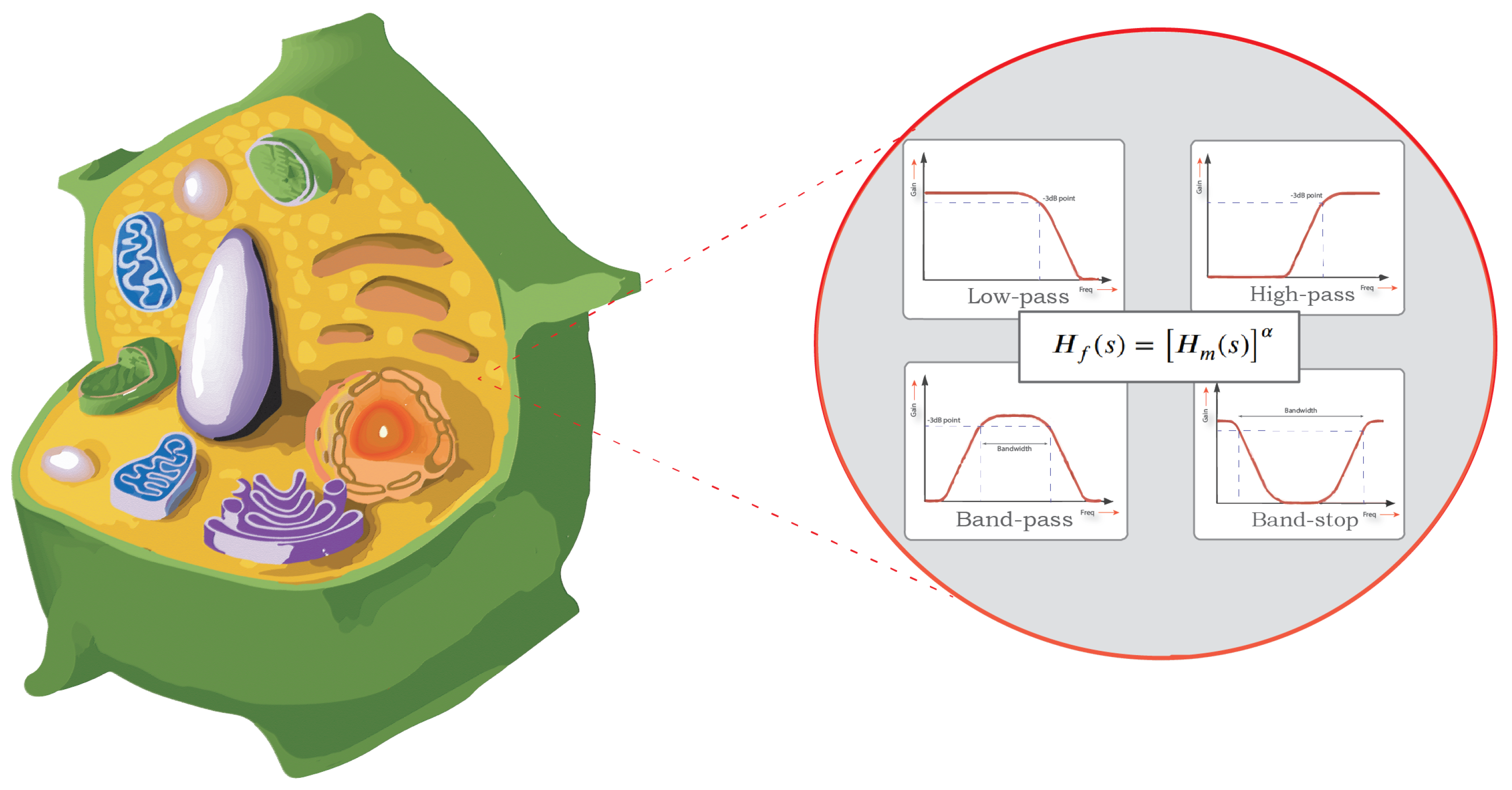
Plant Tissue Modelling Using Power-Law Filters
Impedance spectroscopy has became an essential non-invasive tool for quality assessment measurements of the biochemical and biophysical changes in plant tissues. The electrical behaviour of biological tissues can be captured by fitting its bio-impedance data to a suitable circuit model. This paper investigates the use of power-law filters in circuit modelling of bio-impedance. The proposed models are fitted to experimental data obtained from eight different fruit types using a meta-heuristic optimization method (the Water Cycle Algorithm (WCA)). Impedance measurements are obtained using a
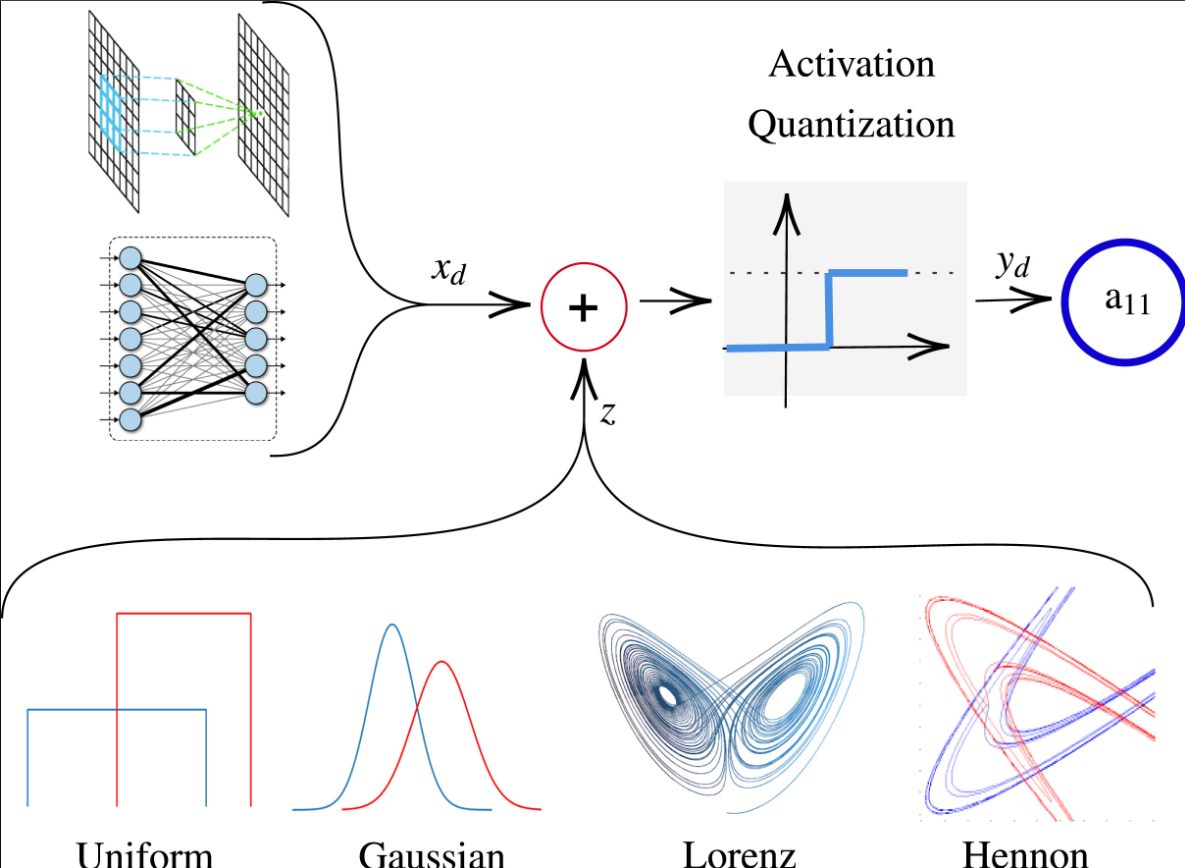
Chaotic neural network quantization and its robustness against adversarial attacks
Achieving robustness against adversarial attacks while maintaining high accuracy remains a critical challenge in neural networks. Parameter quantization is one of the main approaches used to compress deep neural networks to have less inference time and less storage memory size. However, quantization causes severe degradation in accuracy and consequently in model robustness. This work investigates the efficacy of stochastic quantization to enhance robustness and accuracy. Noise injection during quantization is explored to understand the impact of noise types and magnitudes on model performance
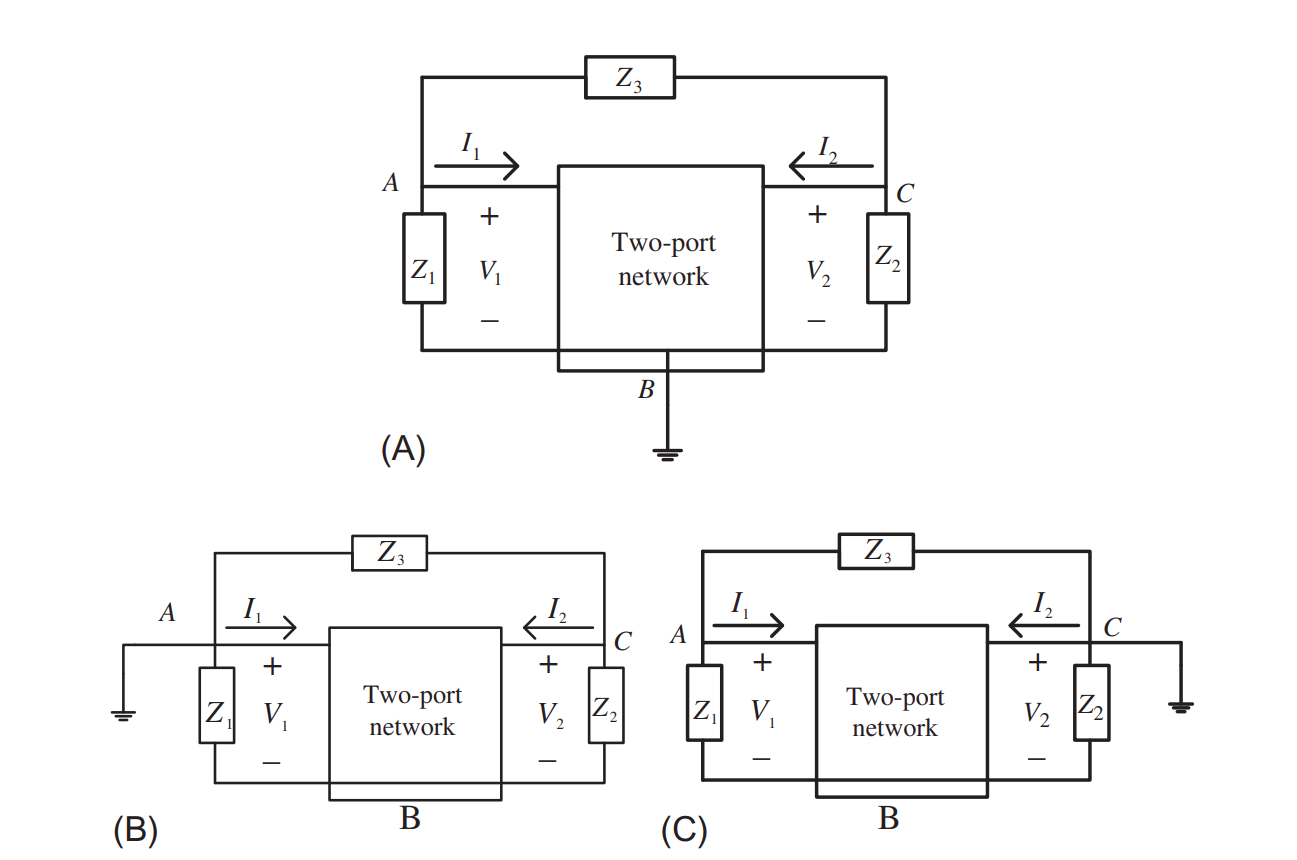
Survey on Two-Port Network-Based Fractional-Order Oscillators
This chapter merges the fractional calculus and two-port networks in oscillator design. The fractional-order elements α and β add extra degrees of freedom that increase the design flexibility and frequency band while providing control over the phase difference. A prototype of the fractional-order two-port network oscillators is introduced. It consists of a general two-port network and three impedances distributed as input, output, and a feedback impedance. Three different two-port network classifications are obtained according to the ground location. This chapter focuses on one of these
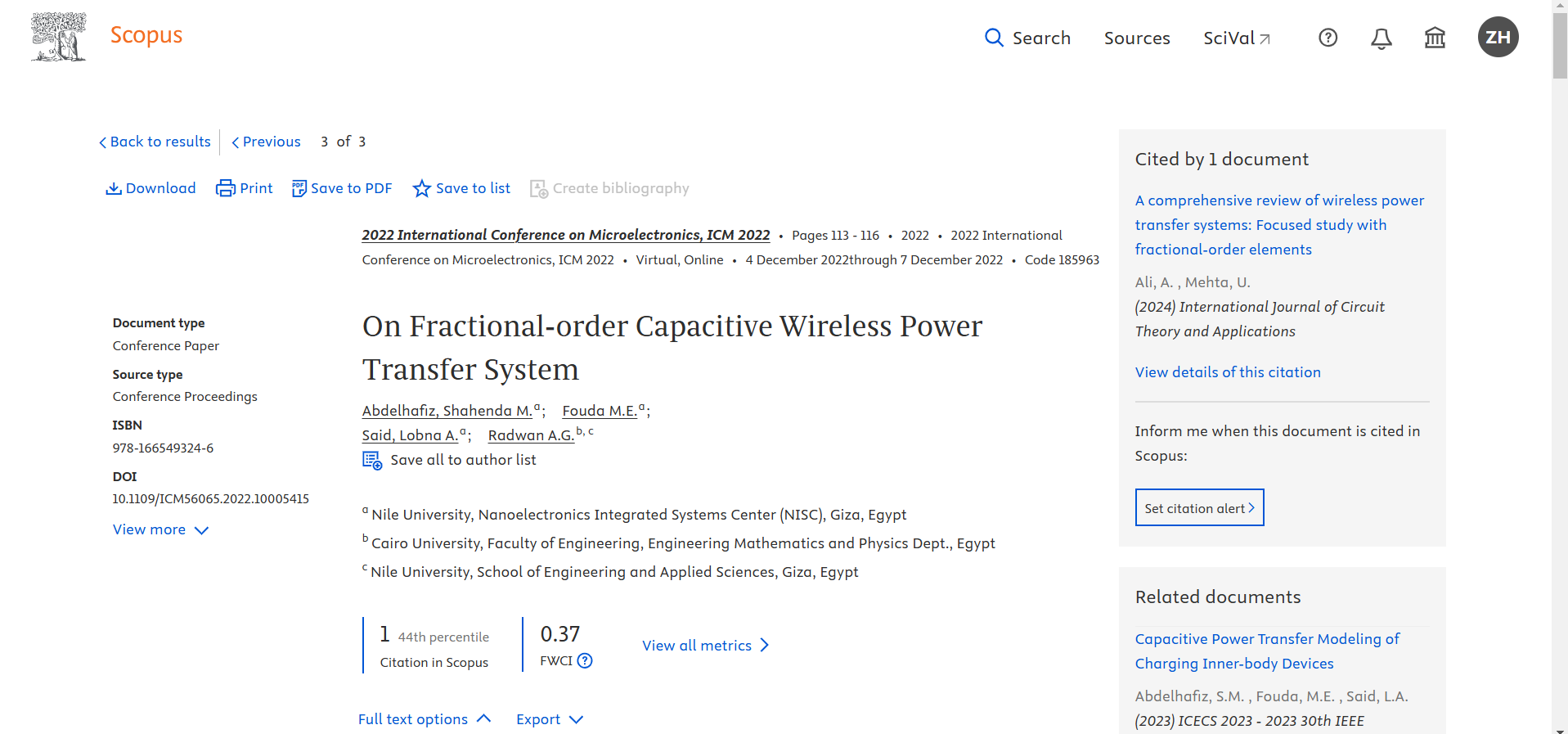
On Fractional-order Capacitive Wireless Power Transfer System
Wireless power transfer is becoming an increasingly viable solution for the electrical powering of various electronic gadgets. However, precise outputs are not guaranteed with integer systems, so fractional-order capacitors are vital. This paper studies a four-plate fractional capacitive power transfer system by varying six orders of capacitors between the plates along with the load resistance. A mathematical model based on a 4× 4 mutual fractional capacitance matrix is established for equidistantly placed four identical metal plates. Moreover, the chosen circuit topology is identified and
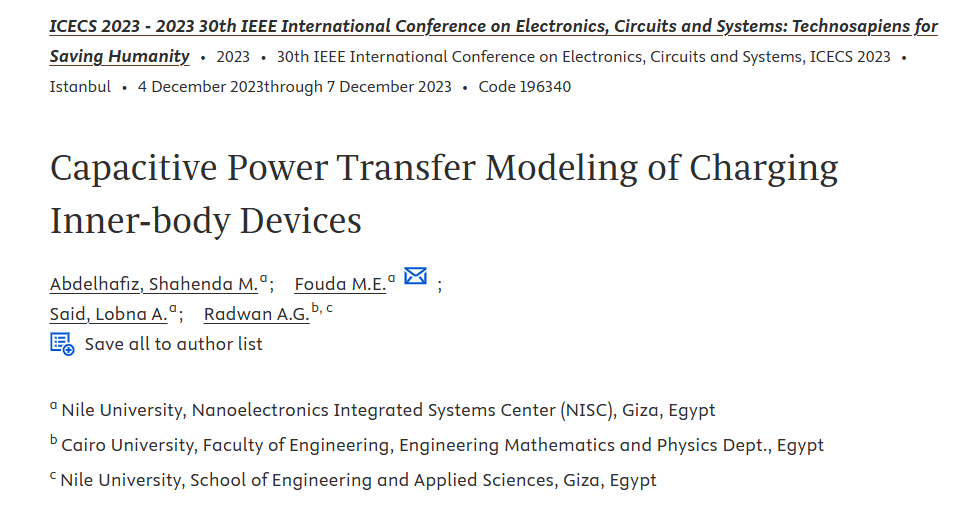
Capacitive Power Transfer Modeling of Charging Inner-body Devices
Wireless power transfer (WPT) is highly desirable for applications with battery restrictions, such as biomedical applications. For example, in the case of implantable devices, power is transmitted through the human body, which has dielectric characteristics that must be considered during the design of the WPT system. This paper examines capacitive power transfer through the human body and formulates the complete WPT system, including the human body model. The power delivered to the implantable device is also analyzed. Finally, the system efficiency is discussed under different body and load
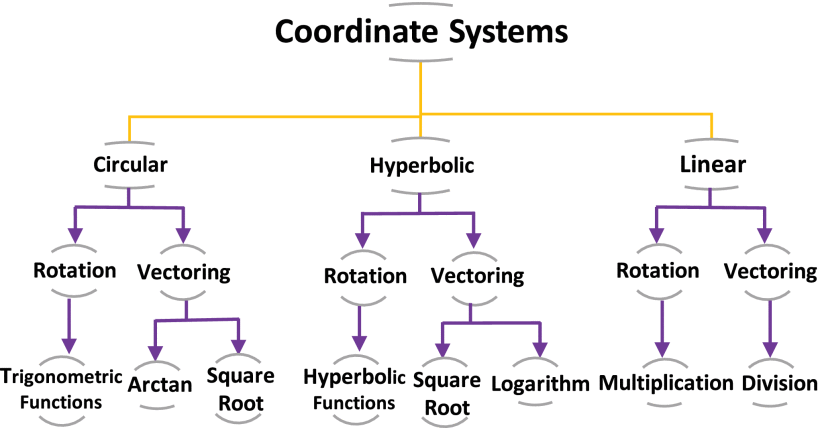
FPGA Implementation of Reconfigurable CORDIC Algorithm and a Memristive Chaotic System with Transcendental Nonlinearities
Coordinate Rotation Digital Computer (CORDIC) is a robust iterative algorithm that computes many transcendental mathematical functions. This paper proposes a reconfigurable CORDIC hardware design and FPGA realization that includes all possible configurations of the CORDIC algorithm. The proposed architecture is introduced in two approaches: multiplier-less and single multiplier approaches, each with its advantages. Compared to recent related works, the proposed implementation overpasses them in the included number of configurations. Additionally, it demonstrates efficient hardware utilization
Vulnerable Road Users Detection and Tracking using YOLOv4 and Deep SORT
Over the years, The detection and tracking of Vulnerable Road Users (VRUs) have become one of the most critical features of self-driving car components. Because of its processing efficiency and better detection algorithms, tracking-by-detection appears to be the best paradigm. In this paper, a detection-based tracking approach is presented for Multiple VRU Tracking of video from an inside-vehicle camera in real-time. YOLOv4 scans every frame to detect VRUs first, then Simple Online and Realtime Tracking with a Deep Association Metric (Deep SORT) algorithm, which is customized for multiple VRU
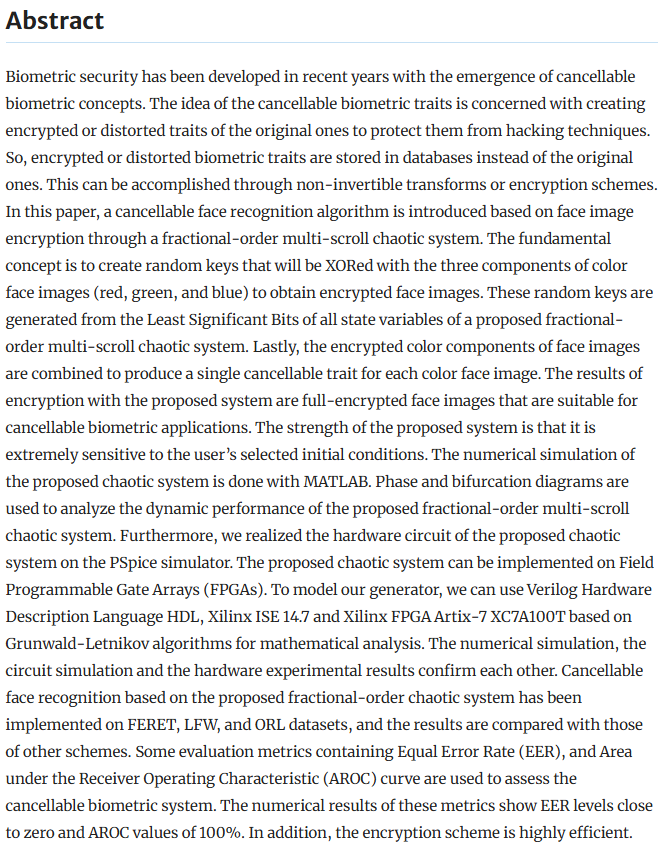
Circuit realization and FPGA-based implementation of a fractional-order chaotic system for cancellable face recognition
Biometric security has been developed in recent years with the emergence of cancellable biometric concepts. The idea of the cancellable biometric traits is concerned with creating encrypted or distorted traits of the original ones to protect them from hacking techniques. So, encrypted or distorted biometric traits are stored in databases instead of the original ones. This can be accomplished through non-invertible transforms or encryption schemes. In this paper, a cancellable face recognition algorithm is introduced based on face image encryption through a fractional-order multi-scroll chaotic
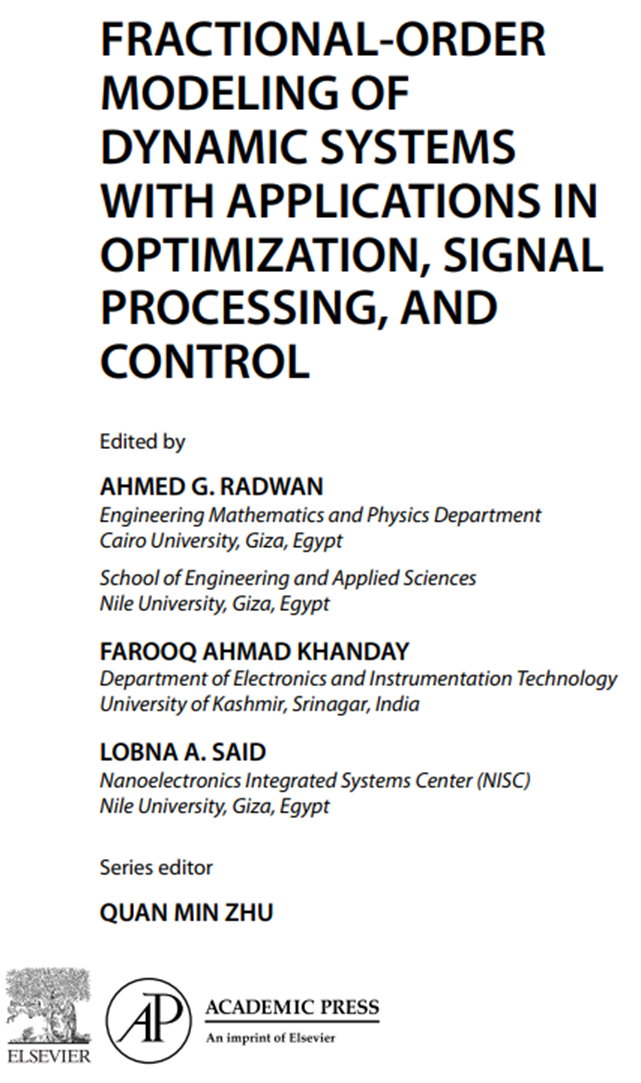
Fractional-Order Modeling of Dynamic Systems with Applications in Optimization, Signal Processing and Control: Volume 2 in Emerging Methodologies and Applications in Modelling
Fractional-order Modelling of Dynamic Systems with Applications in Optimization, Signal Processing and Control introduces applications from a design perspective, helping readers plan and design their own applications. The book includes the different techniques employed to design fractional-order systems/devices comprehensively and straightforwardly. Furthermore, mathematics is available in the literature on how to solve fractional-order calculus for system applications. This book introduces the mathematics that has been employed explicitly for fractional-order systems. It will prove an
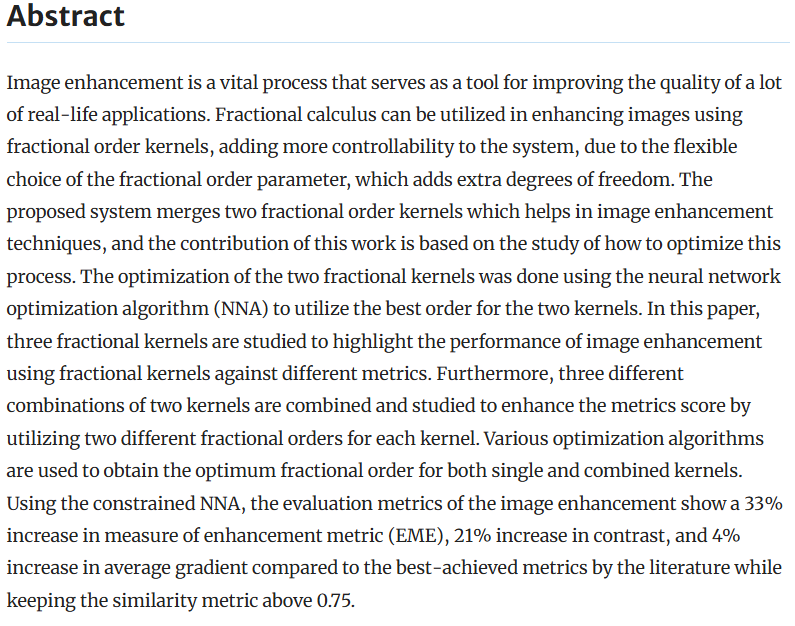
Optimization of Double fractional-order Image Enhancement System
Image enhancement is a vital process that serves as a tool for improving the quality of a lot of real-life applications. Fractional calculus can be utilized in enhancing images using fractional order kernels, adding more controllability to the system, due to the flexible choice of the fractional order parameter, which adds extra degrees of freedom. The proposed system merges two fractional order kernels which helps in image enhancement techniques, and the contribution of this work is based on the study of how to optimize this process. The optimization of the two fractional kernels was done